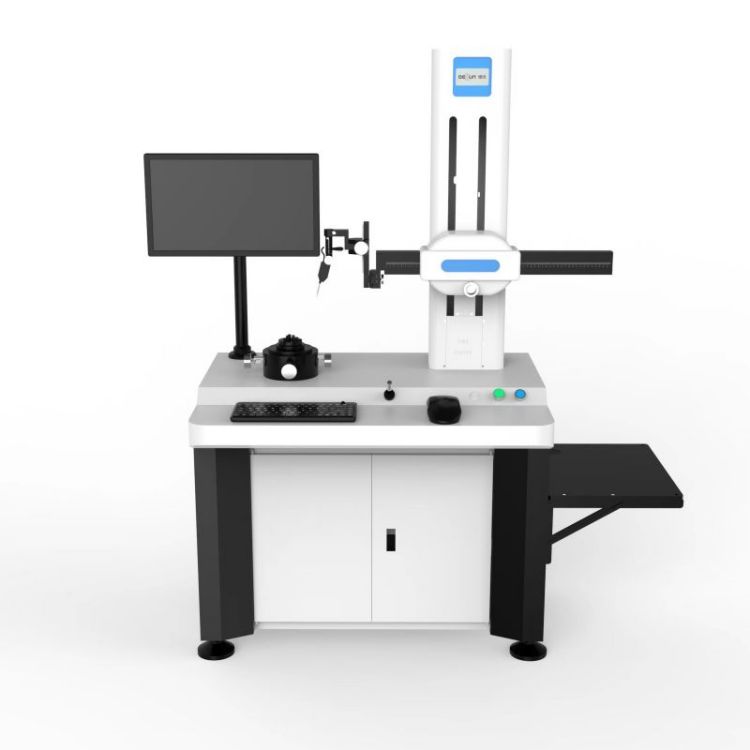Scientific fertilization methods for tea trees in winter
In recent years, many tea gardens have encountered problems such as insufficient input of organic fertilizers in winter, poor soil and poor water and fertilizer retention capacity, and high fertilizer consumption. This is mostly caused by improper fertilization. It is recommended that growers adopt the following fertilization principles and suggestions:
Fertilization principle
(1) Increase the application of organic fertilizers, combined with organic and inorganic applications, and apply an appropriate amount (below 15 cm).
(2) Determine the amount of nitrogen fertilizer based on soil fertility conditions, tea types and yield levels, strengthen the combined application of phosphorus, potassium, and magnesium fertilizers, pay attention to the supplement of nutrients such as sulfur and boron, and maintain an appropriate nutrient distribution ratio.
(3) Tea gardens with severe soil acidification (soil pH
(4) Combination of scientific fertilization and green cultivation techniques for increasing yield and efficiency.
Fertilization measures
(1) For general production of tea garden, nitrogen fertilizer is 15-30 kg/mu, phosphate fertilizer is 4-6 kg/mu, and potash fertilizer is 4-8 kg/mu. The above fertilization amount includes the nutrients in organic fertilizers.
(2) For tea gardens lacking magnesium, zinc, and boron, apply 2 to 3 kg/mu of magnesium fertilizer, 0.7 to 1 kg/mu of zinc sulfate, and 1 kg/mu of borax.
(3) For sulfur-deficient tea gardens, choose sulfur-containing fertilizers such as ammonium sulfate, potassium sulfate, magnesium sulfate, superphosphate or potassium sulfate type compound fertilizer.
In principle, organic fertilizer, phosphorus, potassium, and magnesium are mainly winter base fertilizer, and nitrogen fertilizer is applied in stages.
(4) It is recommended to use special fertilizers, combined with organic fertilizers and available nitrogen fertilizers.
Disclaimer: Some articles on this website are transferred from the Internet. If the legal rights of a third party are involved, please inform this website for processing. phone
A measuring instrument for quantitatively evaluating the cylindricity of a cylinder by measuring the actual contour of the cylinder using the precise rotation centerline as the reference standard and the precise linear motion guide rail as the reference standard. It can be used to measure cylindrical shape errors (roundness, cylindricity, straightness, and flatness), position errors (coaxiality and verticality), etc.

The cylindrical Roundness Tester is mainly used to measure the roundness, cylindricity, straightness, concentricity, coaxiality, flatness, parallelism, perpendicularity, surface waviness, discontinuous surface, etc. of various regular and irregular circular workpieces. It can also perform spectrum analysis, wave height analysis, eccentricity, shaft bending analysis, and runout analysis on workpieces.
This device has excellent cost-effectiveness, full measurement capability, and is easy to learn and use.
Cylindrical Measuring Instrument,Cylindricity Measuring Instrument ,3D Image Measuring Instrument,Roundness Measurement Instrument
Zhejiang dexun instrument technology co., ltd , https://www.dexunmeasuring.com